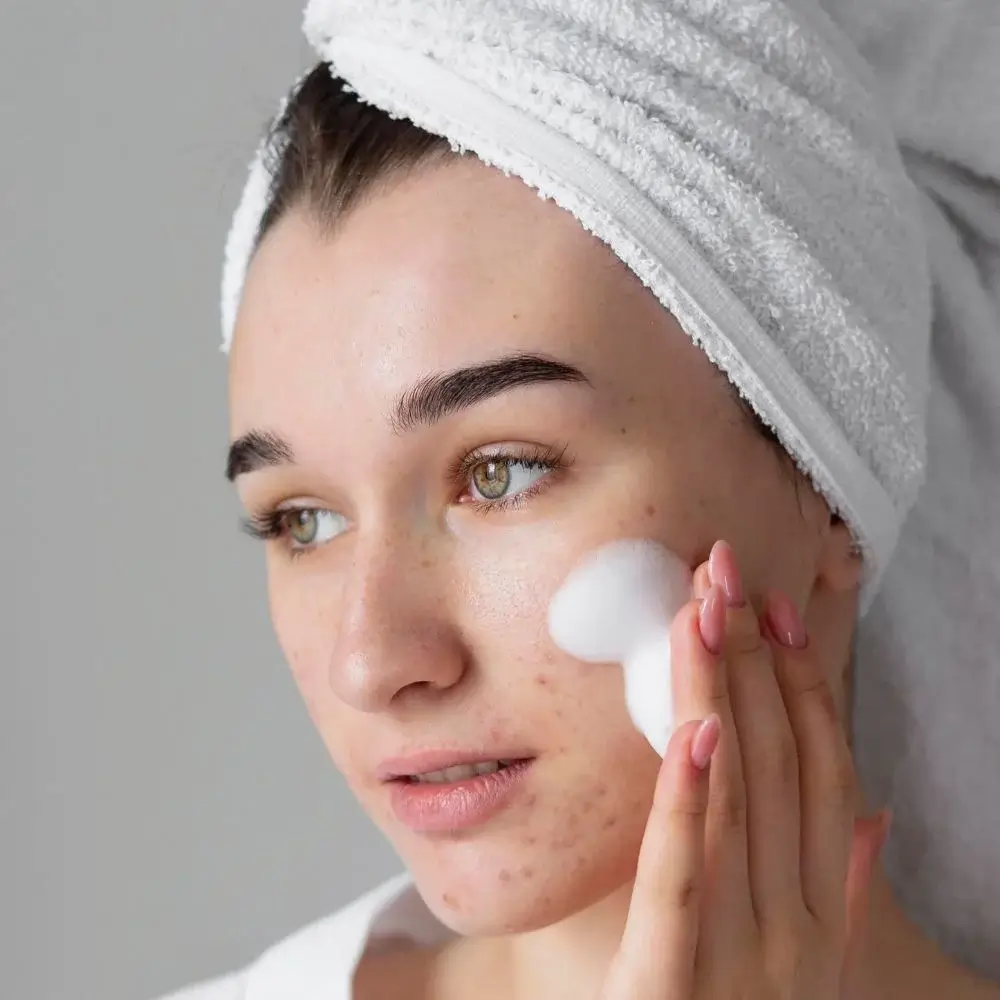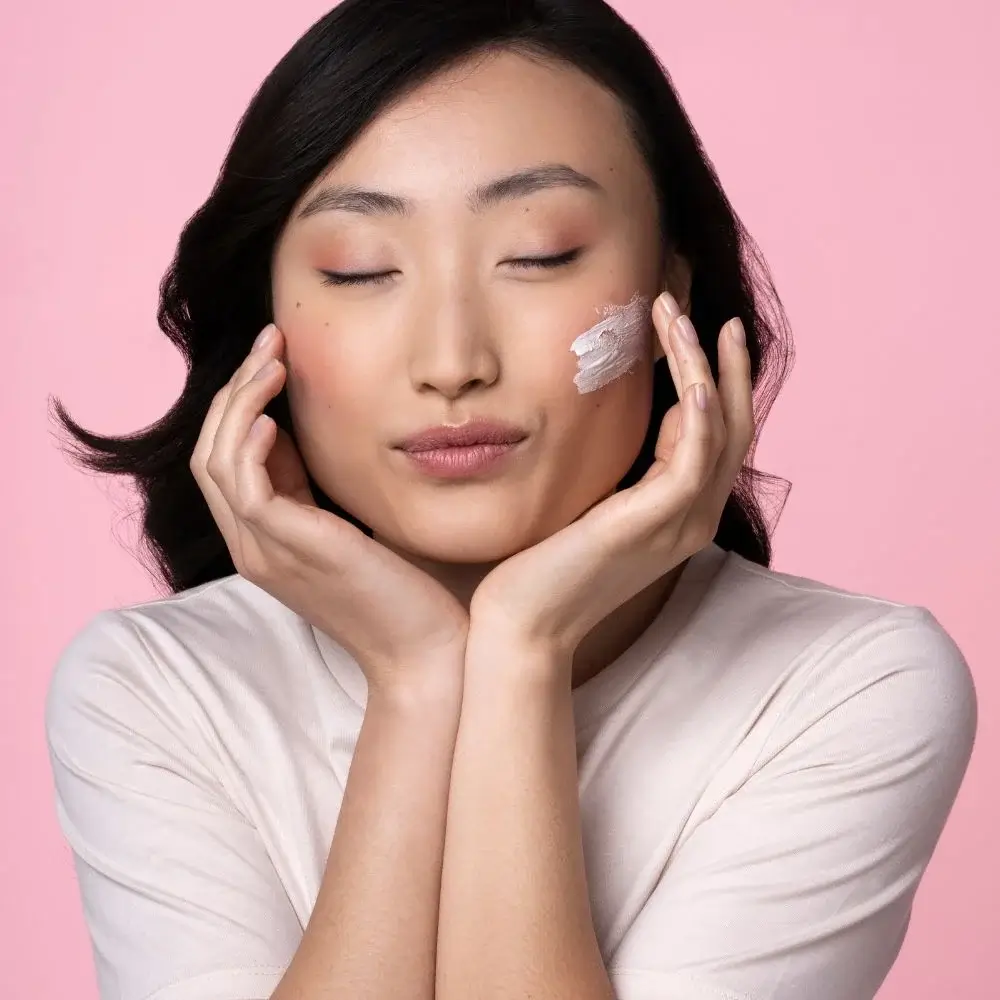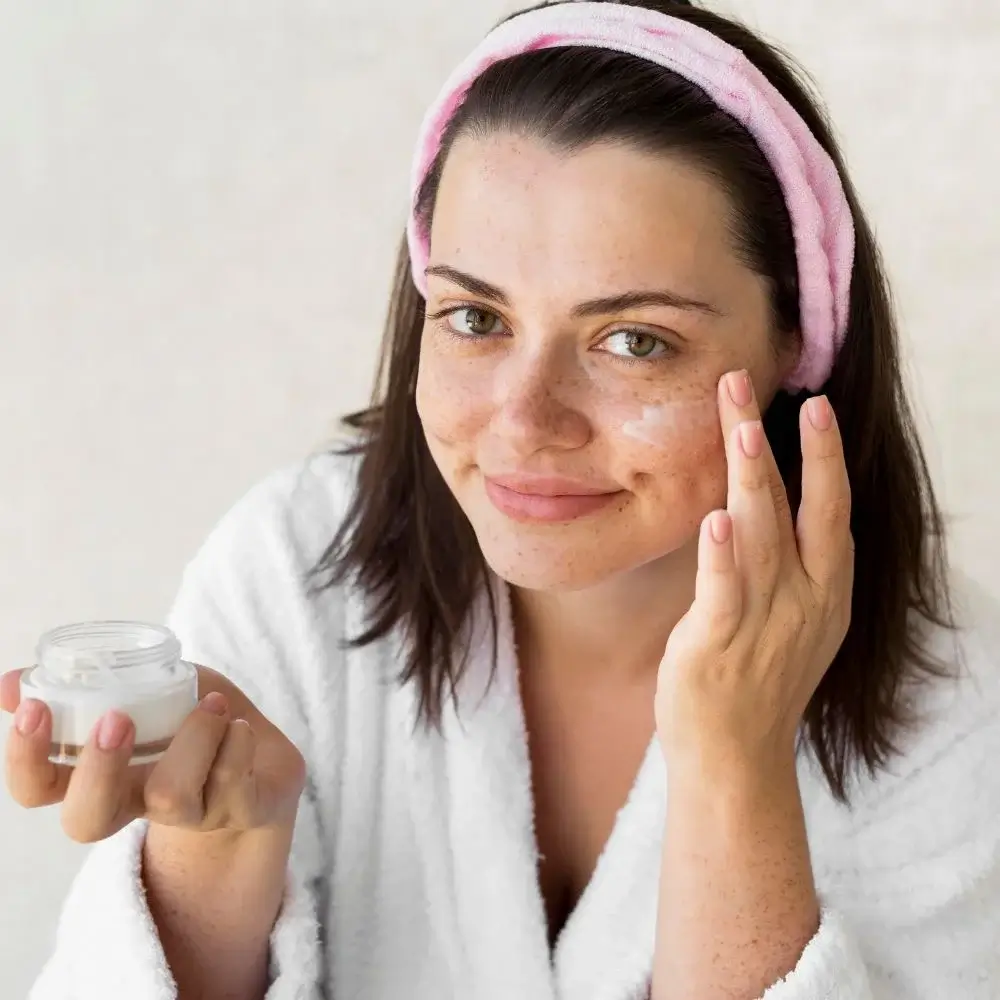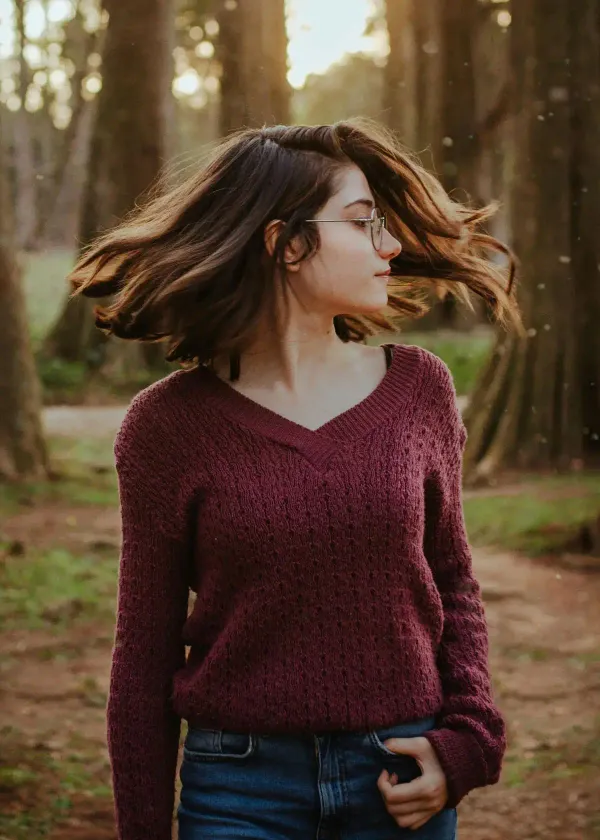In this digital age, we are exposed to the harmful effects of blue light, whether through our smartphones, laptops, or TV screens. Blue light can cause eye strain and skin damage and disrupt the sleep cycle. However, did you know that blue light can also harm your skin? Enter blue light sunscreen – a new and innovative solution that is becoming increasingly popular among skincare enthusiasts. In this blog post, we will explore blue light sunscreen, how it works, and why you should incorporate it into your daily skincare routine.
What is Blue Light Sunscreen?
Blue light sunscreen is a particular type of sunscreen that contains active ingredients that protect your skin from blue light. Blue light sunscreen forms a protective layer on your skin that reflects and absorbs blue light. This helps to prevent skin damage, premature aging, and dark spots caused by blue light exposure.
How Does Blue Light Sunscreen Work?
Blue light sunscreen uses a combination of physical and chemical filters to protect your skin from harmful UV rays and blue light. Physical filters block UV rays and blue light particles from reaching your skin. Chemical filters absorb UV rays and blue light particles before they can damage your skin cells. Some blue light sunscreens also contain antioxidants that neutralize free radicals caused by blue light.
Why Do You Need Blue Light Sunscreen?
Blue light sunscreen is essential for protecting your skin from the harmful effects of blue light. Exposure to blue light can cause premature aging, dark spots, and hyperpigmentation and can even disrupt your body's circadian rhythm. Blue light sunscreen can help to prevent these effects by creating a barrier that reflects and absorbs blue light. Besides, blue light sunscreen protects against UV rays, which can cause skin cancer and other severe skin conditions.
How to Choose the Right Blue Light Sunscreen
When choosing a blue light sunscreen, looking for a product that provides broad-spectrum protection against both UV rays and blue light is essential. Look for a product that contains physical filters such as zinc oxide or titanium dioxide and chemical filters such as avobenzone or octinoxate. Besides, choose a product that contains antioxidants such as vitamin E or niacinamide to help neutralize free radicals caused by blue light.
Blue light sunscreen is not just another skincare trend – it is necessary to protect your skin from the harmful effects of blue light and UV rays. By incorporating blue light sunscreen into your daily skincare routine, you can help prevent premature aging, dark spots, and skin cancer and keep your skin looking healthy and radiant for years to come. Remember, when choosing a blue light sunscreen, look for a product that provides broad-spectrum protection, contains physical and chemical filters, and is enriched with antioxidants. Stay protected, stay beautiful!
Are you looking for a sunscreen that protects you from UV rays and blue light? Well, you're in luck! We've researched and found the best blue light sunscreen out there. We understand the importance of protecting ourselves from everything the sun throws our way, especially as we spend more time in front of screens. That's why we've taken the time to find a sunscreen that will protect your skin from harmful rays and the blue light that emanates from electronic devices. So, click on the link and discover your next favorite blue light sunscreen today!
What is the recommended SPF level for blue light sunscreen?
For comprehensive protection against the potential harm of blue light, choosing a broad-spectrum sunscreen with an SPF rating of 30 or higher is advisable. SPF 30 offers strong protection against the sun's ultraviolet (UV) rays, while broad-spectrum coverage ensures a robust barrier against the increasingly prevalent blue light emitted by screens and electronic devices. Opting for a higher SPF, such as 50 or even 70, can provide an added layer of assurance, especially during extended or intense screen exposure or outdoor activities when UV radiation is at its peak.

What is the best way to apply blue light sunscreen for maximum effectiveness?
Maximizing the effectiveness of blue light sunscreen involves thorough and liberal application to all exposed skin areas, regardless of your indoor or outdoor location. Pay close attention to regions that receive the most exposure, such as the face, neck, ears, décolletage, and hands. Reapplication at two-hour intervals is crucial, especially if you maintain continuous exposure to screens and digital devices. This practice ensures a consistent shield against UV and blue light, adapting to the evolving nature of your environment.

What are some common misconceptions about blue light protection?
There are several prevalent misconceptions about blue light protection. One is that sun protection indoors is unnecessary. However, scientific research underscores that blue light emitted by devices can adversely affect the skin. This includes the potential for premature aging, hyperpigmentation, and other forms of damage. Consequently, safeguarding your skin indoors is just as important as outdoor protection. Consider using curtains, blinds, or blue light-filtering screens to further reduce indoor blue light exposure.

How long does blue light sunscreen typically last on the skin?
The duration of effectiveness for blue light sunscreen may vary depending on the product's formulation, environmental factors, and individual skin type. However, as a general guideline, it typically offers protection for approximately two hours. Regular reapplication becomes essential if your exposure exceeds this timeframe to maintain uninterrupted protection against UV radiation and the potential effects of blue light. Investing in long-lasting or water-resistant formulas can provide extended protection during outdoor activities or when sweating.

How often should I apply blue light sunscreen during extended sun exposure?
During prolonged outdoor exposure to screens and digital devices, it is recommended to reapply your blue light sunscreen every two hours or more frequently if you are swimming or sweating. This proactive approach ensures that your skin remains shielded against the dual threats of UV radiation and blue light, especially in environments where both are prevalent. Besides, consider wearing protective clothing, wide-brimmed hats, and sunglasses with UV protection for comprehensive defense against the sun's harmful effects.
Should I reapply blue light sunscreen if I'm indoors most of the day?
Yes, even if most of your day is spent indoors, it's vital to acknowledge that indoor exposure to screens and artificial lighting can still subject your skin to significant levels of blue light. To sustain optimal protection against potential damage arising from extended screen use, it is prudent to reapply your sunscreen every two hours, following the same comprehensive guidelines as you would for outdoor application. Besides, consider using blue light-blocking screen protectors, applying blue light-filtering skincare products, or wearing blue light-filtering glasses to reduce exposure indoors. This precautionary measure ensures that your skin remains safeguarded against the pervasive influence of blue light, promoting long-term skin health and reducing the risk of photoaging and other potential effects of blue light exposure.







